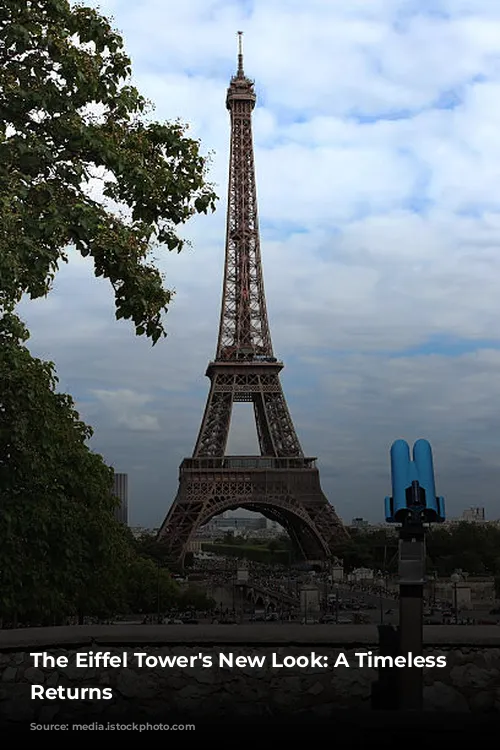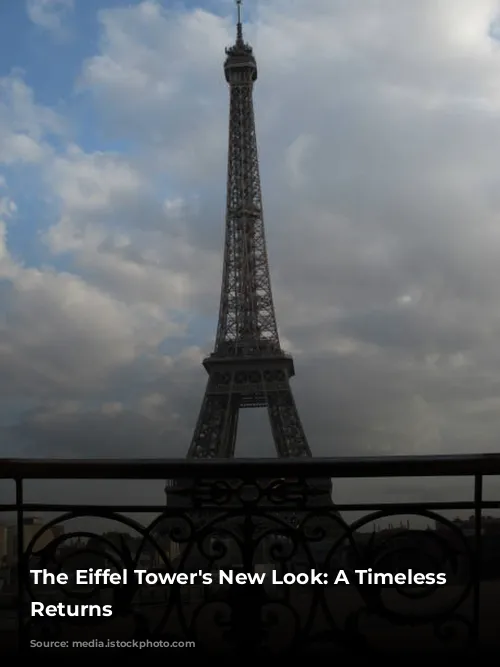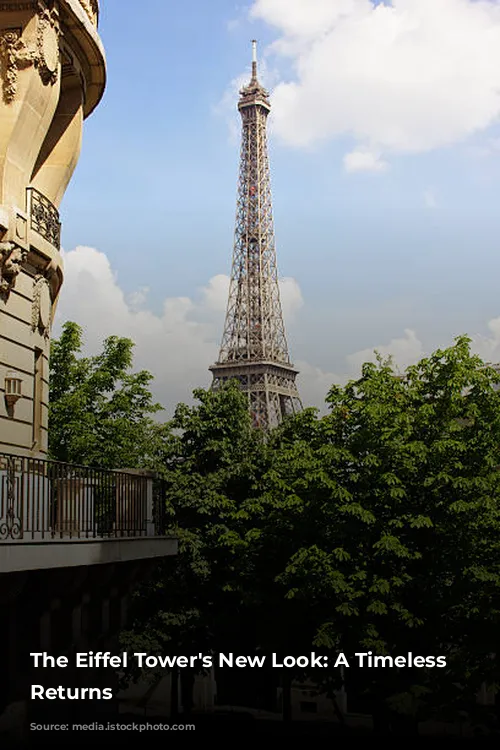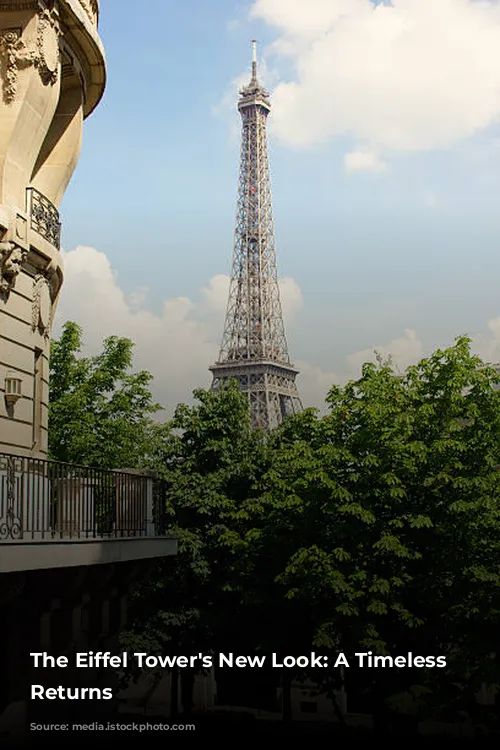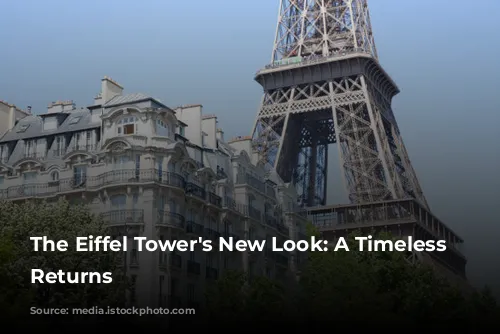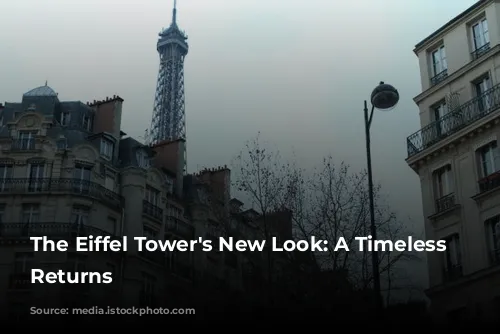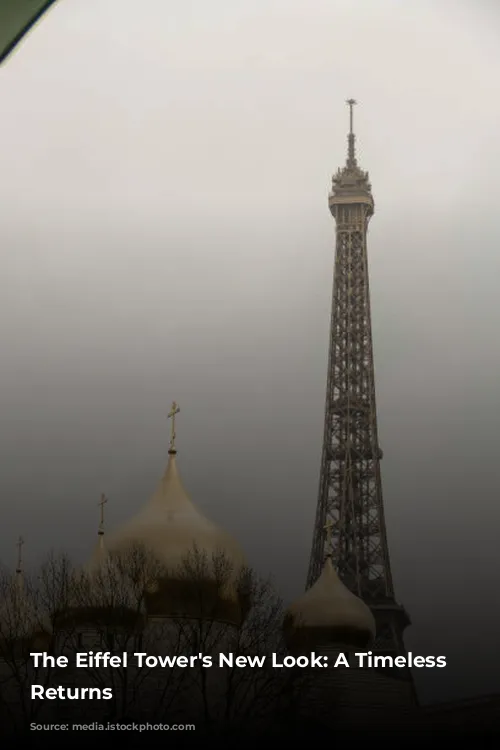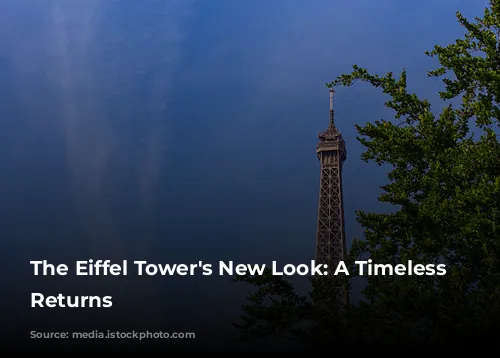Get ready for a spectacular change! The iconic Eiffel Tower is getting a makeover, returning to its original color for the first time in 53 years. This exciting transformation will unveil a fresh, classic look, coinciding with the upcoming Summer Olympics in Paris. It’s like stepping back in time, showcasing the tower’s original beauty and honoring the vision of its architect, Gustave Eiffel.
This isn’t the first time the Eiffel Tower has donned a new coat of paint. Over the years, it has experimented with different shades, each reflecting a distinct era. This article will take you on a journey through the tower’s colorful history and reveal the secrets behind its latest metamorphosis.
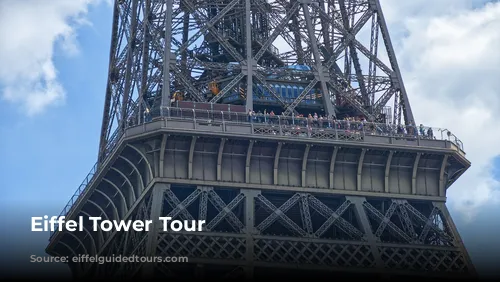
A Golden Glow for the Games
Imagine the Eiffel Tower bathed in a warm, golden hue, shimmering under the Parisian sun. This is the vision for the tower’s new look, a vibrant “yellow brown” that will replace the familiar “Eiffel Tower brown” by November 2022. This classic color, favored by Gustave Eiffel himself, graced the tower between 1907 and 1947, adding a touch of vintage elegance.
This color shift is more than just a cosmetic change. It’s a tribute to the tower’s heritage, a reminder of its original charm and a fitting backdrop for the 2024 Paris Olympic Games. The new color will undoubtedly enhance the tower’s presence, making it even more striking against the Parisian skyline.
Behind the Scenes: A Monumental Restoration
The Eiffel Tower’s transformation is a massive undertaking, involving a thorough restoration that goes beyond just painting. Work began in early 2019, marking the most significant restoration project since the tower’s construction in 1889.
Imagine 18,038 sections of puddle iron, held together by 2.5 million rivets, all needing a fresh coat of paint! It’s a complex process, and visitors might notice scaffolding and netting surrounding parts of the tower. But this is a sign of progress, a testament to the care and dedication involved in preserving this architectural masterpiece.
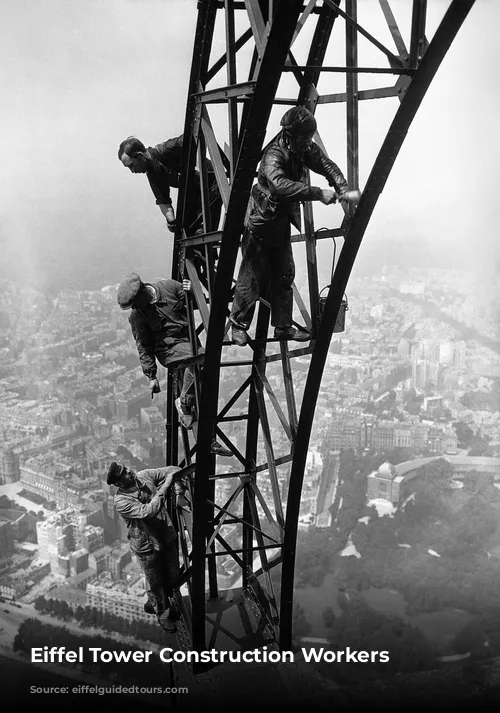
The Art of Painting a Legend
Repainting the Eiffel Tower is a precise art, a testament to the skill and dedication of a team of 50 specialized painters. They work diligently at night, ensuring minimal disruption to the tower’s visitors. These professionals are experts in working with metallic structures at great heights, using a combination of traditional techniques and modern safety measures.
The process is more than just a simple paint job. The tower’s existing layers of paint, some containing lead, need to be carefully removed before applying a new coat. The process requires specific weather conditions to ensure the paint adheres properly, adding another layer of complexity to the work. It’s a delicate dance between artistry and safety, with every brushstroke contributing to the Eiffel Tower’s enduring beauty.

A Detailed Look at the Repainting Process
Imagine meticulously stripping the paint off a monumental structure over 1,000 feet tall, with intricate wrought iron lattice work spanning the entire height. It’s a daunting task, requiring careful planning and meticulous execution.
The painters begin by removing the existing paint from about 2% of the tower, focusing on the southeast-facing arch. This involves cleaning the exposed iron and applying rust-proofing to protect the structure. Finally, using traditional paintbrushes, they apply the final coat of “yellow brown,” recreating the original beauty of the Eiffel Tower.
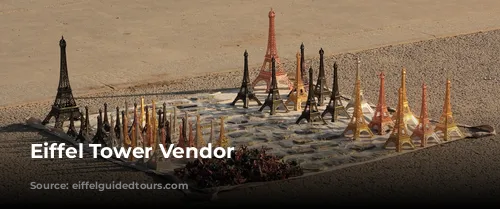
A Colorful History: From Red to Yellow
The Eiffel Tower’s history is a canvas of colors, each shade telling a story. It’s a journey through time, reflecting the changing styles and tastes of each era. From the fiery “Venetian red” of its initial construction to the majestic “yellow brown” of the early 20th century, the tower’s colors have evolved and adapted, just like the city of Paris itself.
Here’s a glimpse into the Eiffel Tower’s colorful past:
- “Venetian red” in the workshop before the parts were assembled
- “Red brown” for the World’s Fair in 1889
- Five different tones of yellow (yellow-orange at the base to light yellow at the top) in 1899
- “Yellow brown” in 1907, at the request of Gustave Eiffel himself.
- “Eiffel Tower brown” in 1968. This color was chosen because it harmonizes with the Parisian cityscape and it became trademarked.
- “Yellow brown” starting in 2019. This new color, just like the “Eiffel Tower brown,” is being applied in three shades, darkest at the bottom and lightest at the top to create a visual impression of uniformity.
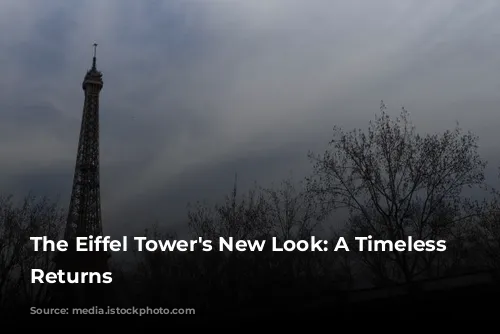
Your Eiffel Tower Experience: Uninterrupted
Rest assured, the Eiffel Tower’s transformation won’t interfere with your visit! The tower remains open as usual, offering breathtaking views and unforgettable experiences. The scaffolding might be visible from certain spots, but it’s a small price to pay for witnessing this remarkable restoration project firsthand. You can still capture stunning photos and enjoy the tower’s majestic presence, just with a touch of scaffolding for a temporary artistic flourish.
Whether you’re gazing from afar or scaling the tower’s levels, prepare to be captivated by the timeless beauty of the Eiffel Tower. As it sheds its “Eiffel Tower brown” and embraces its “yellow brown” hue, the tower continues to inspire awe, reminding us of its enduring legacy and its unwavering presence on the Parisian landscape.
